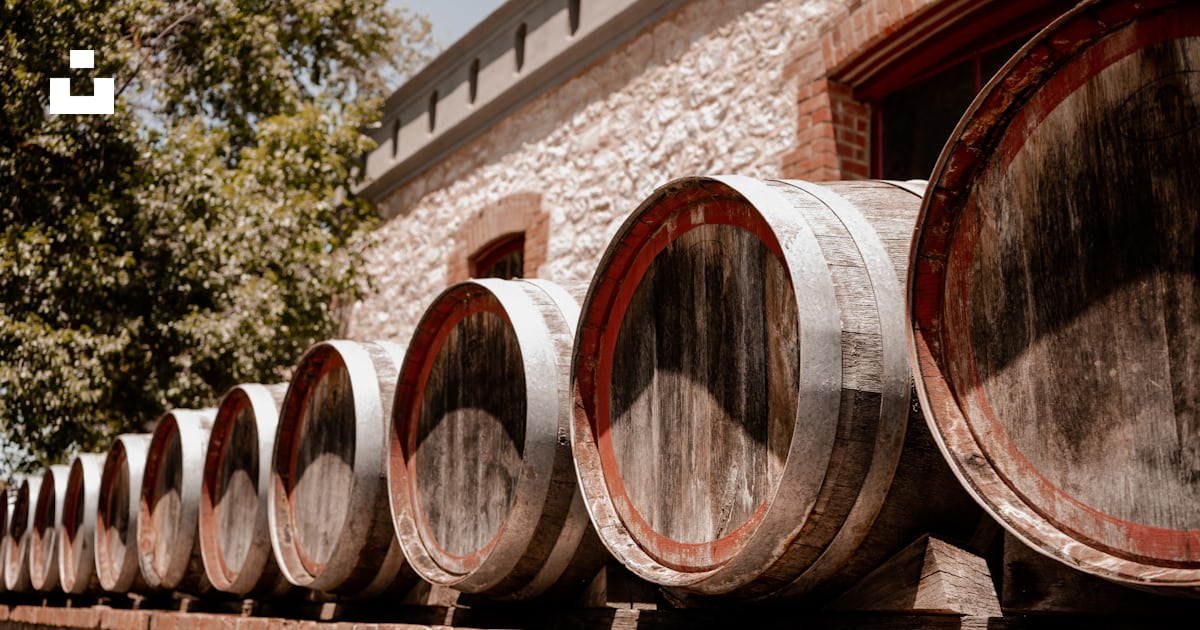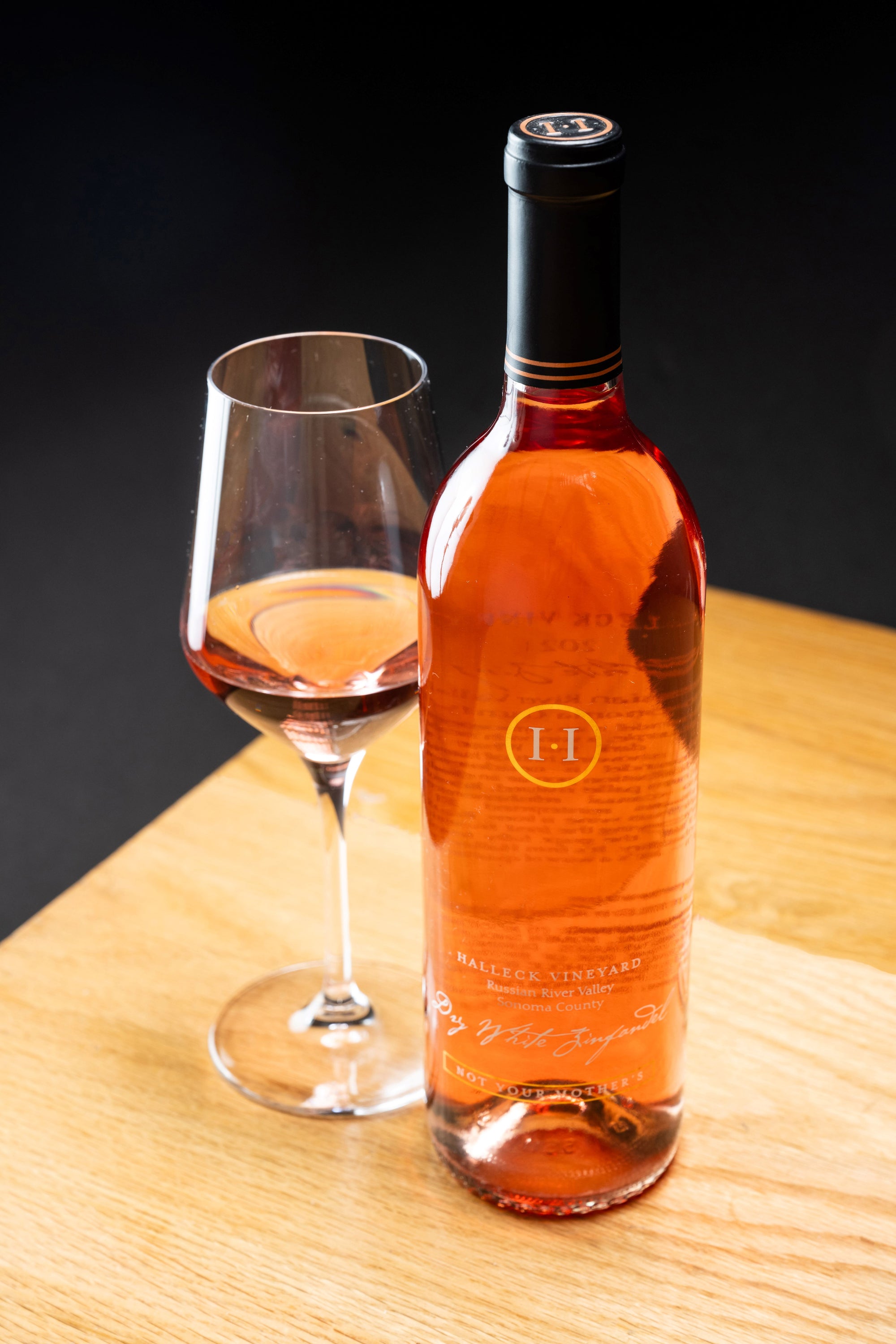Taste and Discover Wines from Nearby Wineries in Sebastopol 95409
Taste and Discover Wines from Nearby Wineries in Sebastopol 95409
Blog Article
The Allure of Wineries in Sonoma County
Understanding the nuanced vocabulary related to winery wine tasting is essential for each novices and seasoned connoisseurs alike. Every term brings to life the experience of tasting wine and might enhance one’s appreciation of the various intricacies concerned. Wine tasting is extra than simply ingesting; it is an art that involves numerous senses and feelings.
To start with, the term "nose" refers to the aromas one detects when smelling the wine. This is an important step because the bouquet sets the stage for the tasting experience. Notes of fruit, spice, earth, and wooden might mingle, providing a glimpse of what the palate would possibly verify. Understanding "nosing" the wine can dramatically elevate one's sensory journey.
One Other key side is the term "physique." The physique of the wine describes its weight and fullness on the palate. A full-bodied wine has a sturdy presence and tends to linger longer after swallowing. Conversely, light-bodied wines could really feel extra delicate and refreshing. Recognizing the body helps tasters assess the wine's structure and balance.
Top Chardonnay from Sebastopol Vineyards You Shouldn't Miss 95409
The idea of "tannins" is vital in red wine tasting. Tannins are compounds derived from grape skins, seeds, and stems, contributing to a wine's texture and aging potential. High tannin wines usually end in a dry mouthfeel, while lower tannin levels yield a smoother experience. This distinction is especially important when pairing wines with food, as tannins can either complement or clash with certain dishes.
In addition to tannins, "acidity" performs a major function in the wine tasting experience. Acidity provides wine its crispness and liveliness - Secrets to the Lesser-Known Wineries of Sonoma County. Wines with greater acidity tend to be refreshing and energizing, making them wonderful companions for a big selection of foods. Recognizing acidity can drastically enhance one’s food-pairing capabilities and total tasting enjoyment.
When delving into the flavor profile of a wine, one could encounter the term "finish." The end refers again to the aftertaste that lingers within the mouth after swallowing. A long end is usually associated with high-quality wines, because it signifies complexity and depth. A short end could recommend an easier wine. Knowing how to consider the finish can reveal a lot a couple of wine's character.
Exploring the "vintage" is also integral to wine tasting terminology. The vintage denotes the 12 months in which the grapes have been harvested. Totally Different years can yield vastly completely different results as a end result of variations in local weather conditions. For instance, a sizzling summer time can produce extra concentrated flavors, whereas a cooler year may yield extra subtle, nuanced wines. Understanding vintage allows for a deeper appreciation of a wine’s origin and potential.
Visit Scenic Wineries in Sebastopol's Wine Country 95405
The term "terroir" encompasses the geographical and environmental factors that contribute to a wine's unique character. Factors corresponding to soil kind, climate, elevation, and topography all play a job within the flavor and quality of the wine. This connection to put helps one understand why wines from completely different regions can style so distinctively different, even when created from the same grape selection (Charming Outdoor Wine Tasting Venues in Sebastopol).
When engaging with wines, the phrase "leg" refers again to the droplets that kind on the within of the glass after swirling. These droplets can indicate the wine's alcohol content and viscosity. While observing the legs might not instantly relate to the wine’s taste, it adds to the general experience and intrigue of wine tasting much less clear.
Step into the World of California's Wineries 95404
A more specific term which will come up throughout tastings is "oak." The affect of oak barrels on wine can impart flavors similar to vanilla, toast, or spice. The diploma of oak growing older can differ extensively among wines, affecting both useful source aroma and taste. Understanding oak treatment provides insights into the winemaker’s choices and the resulting complexity of the wine.
In wine tasting, one might also hear the term "palate." The palate refers back to the overall taste experience within the mouth. This encompasses sweetness, bitterness, acidity, and physique. A well-balanced palate is crucial for a harmonious tasting experience, and recognizing any imbalances helps assess the standard of the wine.
The experience of wine tasting is significantly enriched by understanding the terminology that accompanies it. Each term serves a purpose, enhancing the ability to convey ideas and emotions in regards to the wine one's experiencing. This vocabulary bridges communication between tasters, sommeliers, and winemakers alike.

To totally take pleasure in wine tasting, it's important to interact all senses. The sight of the wine, its color, and readability can present perception into its age and high quality. Swirling the wine releases aromas that heighten the olfactory experience, whereas the actual tasting allows for a complete evaluation of the wine's profile.
Biodynamic Wine Tasting Experiences in Sonoma 95461
In conclusion, understanding the detailed explanation of winery wine tasting terminology greatly enhances the experience of tasting. Each term invitations the taster to have interaction extra deeply with the wine, encouraging connections to the senses, the winemakers, and the lands where the grapes are grown. This nuanced vocabulary creates a richer, more fulfilling wine tasting experience.
- Aroma refers again to the scents launched by the wine, which can point out its grape selection and affect the tasting experience.
- Tannins are pure compounds present in grape skins, seeds, and stems, contributing to the wine's structure and aging potential.
- A finish, or aftertaste, is the lingering flavor sensation that is still on the palate after swallowing, typically a key indicator of quality.
- Body describes the load and fullness of wine within the mouth, usually categorized as light, medium, or full-bodied.
- Terroir denotes the distinctive environmental traits of a vineyard that have an result on the style and high quality of the wine, together with soil sort and local weather.
- Acidity is a important component that contributes to a wine's freshness and balance, impacting its aging capability and overall flavor profile.
- Vintage indicates the year grapes had been harvested and performs a major function in figuring out the wine's traits, reflecting specific climatic conditions.
- Decanting involves pouring wine from its bottle into another vessel, allowing it to aerate and enhancing its flavors and aromas.
- A corked wine may be tainted by a defective cork, resulting in musty or off-putting flavors that detract from the wine's supposed profile.
- The term “legs” refers to the droplets that cling to the within of a glass after swirling, typically associated with the wine's alcohol content and viscosity.undefinedWhat is the meaning of "nostril" in wine tasting?undefinedThe "nostril" refers to the aroma profile of the wine, which is detected by way of the sense of odor. It's an essential aspect of wine tasting, as aromas can reveal a lot concerning the grape selection, winemaking process, and aging.
How ought to I correctly style wine?undefinedTo style wine effectively, follow these steps: observe the color, swirl the wine to aerate it, take a delicate sniff to seize the aromas, sip and let it coat your palate, and at last, note the end. This strategy helps in appreciating the wine’s complexity.
What are "tannins" and how do they have an result on wine?undefinedTannins are pure compounds found in grape skins, seeds, and stems that contribute to a wine's structure and astringency. They can create a drying sensation within the mouth, and they also play a task within the wine's aging potential.
The Best Wine Tastings in California 95472

What does the term "steadiness" mean in wine tasting?undefinedStability refers to the harmony between the completely different elements of a wine, such as acidity, sweetness, alcohol, tannin, and flavor depth. A well-balanced wine will have each of those elements supporting each other rather than overpowering the others.
What is the importance of "terroir" in wine tasting?undefinedTerroir encompasses the environmental factors—such as soil, climate, and geography—that affect the characteristics of the wine produced in a selected region. Understanding terroir helps tasters recognize the distinctive qualities that totally different areas impart to their wines.
What does "vintage" mean and why is it important?undefined"Vintage" signifies the year when the grapes had been harvested. It is crucial as a outcome of it impacts the wine’s high quality and characteristics, as climate conditions in the course of the growing season can considerably influence flavor profiles and aromatics.
What are "legs" and what do his explanation they signify?undefined"Legs" discuss with the droplets that form and run down the inside of a glass after swirling wine. Whereas they can point out alcohol content and viscosity, they don't determine quality—this is more about personal notion of richness.
The Allure of Wineries in California

What does "full-bodied" mean versus "light-bodied"?undefined"Full-bodied" wines are rich, dense, and infrequently have greater alcohol content and complicated flavor profiles, while "light-bodied" wines are extra delicate and refreshing with a lower alcohol content. This distinction helps tasters perceive the expected weight and mouthfeel of the wine.
How can I establish fruit flavors in wine?undefinedTo determine fruit flavors, contemplate the aroma and style profiles. Swirl the wine, inhale deeply to capture the bouquet, and give consideration to specific characteristics. Familiarity with typical fruit profiles of various grape varieties can enhance this identification course of.
What is "end" in wine tasting?undefinedThe "finish" refers to the aftertaste that lingers within the mouth after swallowing. A lengthy, advanced finish is commonly an indication of quality in a wine, as it reflects the depth of flavor and overall craftsmanship within the winemaking process. Report this page